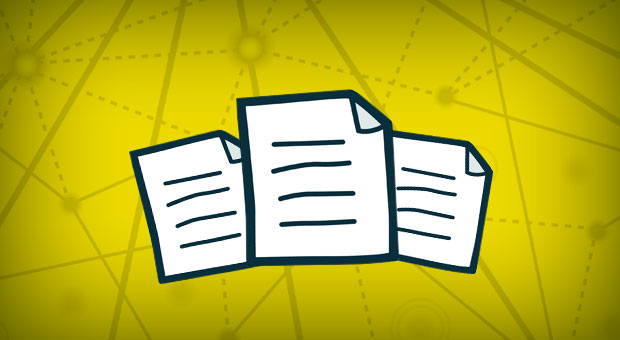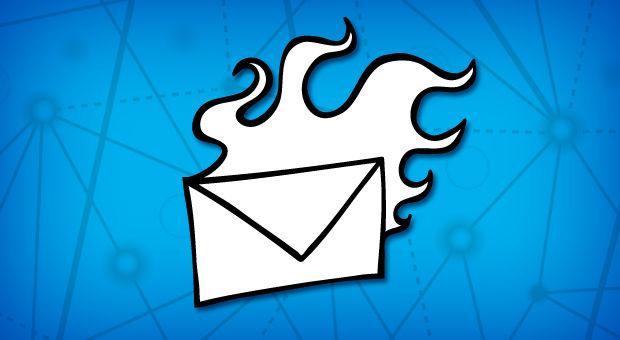Not sexy, but has good ROI. No, I’m not talking about the disadvantages and advantages of an Accounting degree. These are some of the popular perceptions of email marketing. It’s tried and true, but there’s nowhere new to go. Is that true? After going to ExactTarget’s Connections Expo last week, I’m tempted to respond with an emphatic “no.”
Not sexy, but has good ROI. No, I’m not talking about the disadvantages and advantages of an Accounting degree. These are some of the popular perceptions of email marketing. It’s tried and true, but there’s nowhere new to go. Is that true? After going to ExactTarget’s Connections conference last week, I’m tempted to respond with an emphatic “no.”
On October 16-18, over 4,000 email marketers from all over North American converged in Indianapolis for the conference. From the keynote to the panels and talks, three themes emerged that chart the course for the evolution of email. These three themes mark not just trends all email marketers should keep up with, but chances to push the envelope on their campaigns and make their medium a bit sexier.
Social ≠ Afterthought
We all know social media is huge. Businesses, agencies, and the like are trying not only to figure out the next big social network, but how to monetize it, turning “likes” into dollar signs. When it comes to email, the standard approach has been to place the icons of the usual suspects (Facebook, Twitter, Pinterest, and maybe Instagram). If you find yourself doing that in your campaigns and you believe that’s all it takes to make your emails “more social,” then you’re missing out on great opportunities to do so much more with all of your channels.
Case in point, during the keynote address, speakers referred to ExactTarget tools designed to send Facebook data from a company’s FB page straight over to their subscriber database. With opt-in controls built right into Facebook’s interface, there can’t be a more efficient form of email capture and list building.
However, don’t expect users to agree to give you access to their Facebook data just because they “liked” your page. Remember to create a promotion first. As mentioned at Connections, an increasing number of businesses are opting for everything from random chance sweepstakes to video contests. As part of the rules and requirements for entering, users have to consent to sharing their email address and possibly some demographic info.
That’s just one of many examples mentioned at Connections of how marketers can leverage their social channels to improve the performance of email, especially in the email capture department. One could even see a bump in their list building efforts by incorporating an email capture form onto their Facebook page. If you’re going to do that however, you should put a good effort into…
Making Your Email Capture Sexier
Okay. So, you’re going to your favorite store’s website because the newest, greatest thing just came out. One component tucked away at the bottom of the homepage catches your attention. It reads “Sign up for our FREE newsletter!” What is your reaction? I can bet it’s not “Whoa! A FREE newsletter? Gimme!” And yet, this is what we see on so many websites.
A number of panels I attended at Connections emphasize the power of the value proposition. Put yourself in the user’s head for a second and think, “Is a FREE newsletter enough to risk getting bombarded by this guy’s email marketers?” Instead, speaker after speaker suggested to us the idea of putting forth an offer. “Be the first to get all the inside deals and sales.” “Only insiders get all the best beauty tips from the pros,” or even “Sign up for our deals and get a 20% off coupon for your next purchase”
Once your email capture efforts begin to take off, pat yourself on the back. However, don’t believe your job is done quite yet. At Connections, another emerging trend impacts the very look and feel of eblast content itself. It’s a factor a lot of us email marketers have taken for granted for years as we thought it would never change significantly: screen size.
Have You Met…mCommerce?
By far, one of the biggest themes that came up at Connections was mobile, and for good reason. Mobile Commerce, or mcommerce, is a rapidly growing sales channel. iPhones, Android phones, iPads. People are using these and other devices more and more not just to check their favorite sites, but to make purchases. Forrester’s Sucharita Mulpuru writes that mcommerce is expect to account for $31 billion, or 7% of overall ecommerce sales by 2016. And this behavior crosses over into email. Based on our case studies, one in every three subscribers will open an eblast or enewsletter with a mobile device. Even if the subscriber doesn’t make the final sale on their iPhone, it’s becoming more and more important each year for businesses to reach their customers in a way that adapts easily to that tiny, tiny screen.
Enter responsive design. According to Smashing Magazine, responsive design is “the approach that suggests that design and development should respond to the user’s behavior and environment based on screen size, platform and orientation.” For example, a two-column layout with 12 point fonts may be perfectly readable on the desktop. In the mobile environment, however, your readers will be squinting and going through the trouble of zooming in to read your well-crafted copy.
For years, this design approach was purely in the realm of websites and landing pages. At Connections, agencies have begun to stress the importance of bringing responsive design over to the inbox. Here at Flightpath, we’ve developed code that allows for responsive design principles to work in the email environment. Never worry again that your sales offer is falling on deaf ears because your customers can’t read it on their Droid.
On the Way Back to New York
As I stared out at the Midwestern sky through that tiny window on my plane back to LaGuardia, I thought about all the information I picked up that week. Until then, I believed campaigns were tweaked according to well-disciplined A/B testing paradigms that bring modest, but consistent results. While that’s part true, a “bigger picture” view of the trends helps a campaign not only stick out from the rest of the pack, but it pays off significant dividends later on in higher engagement, more conversions, and a “sexier” email channel.






